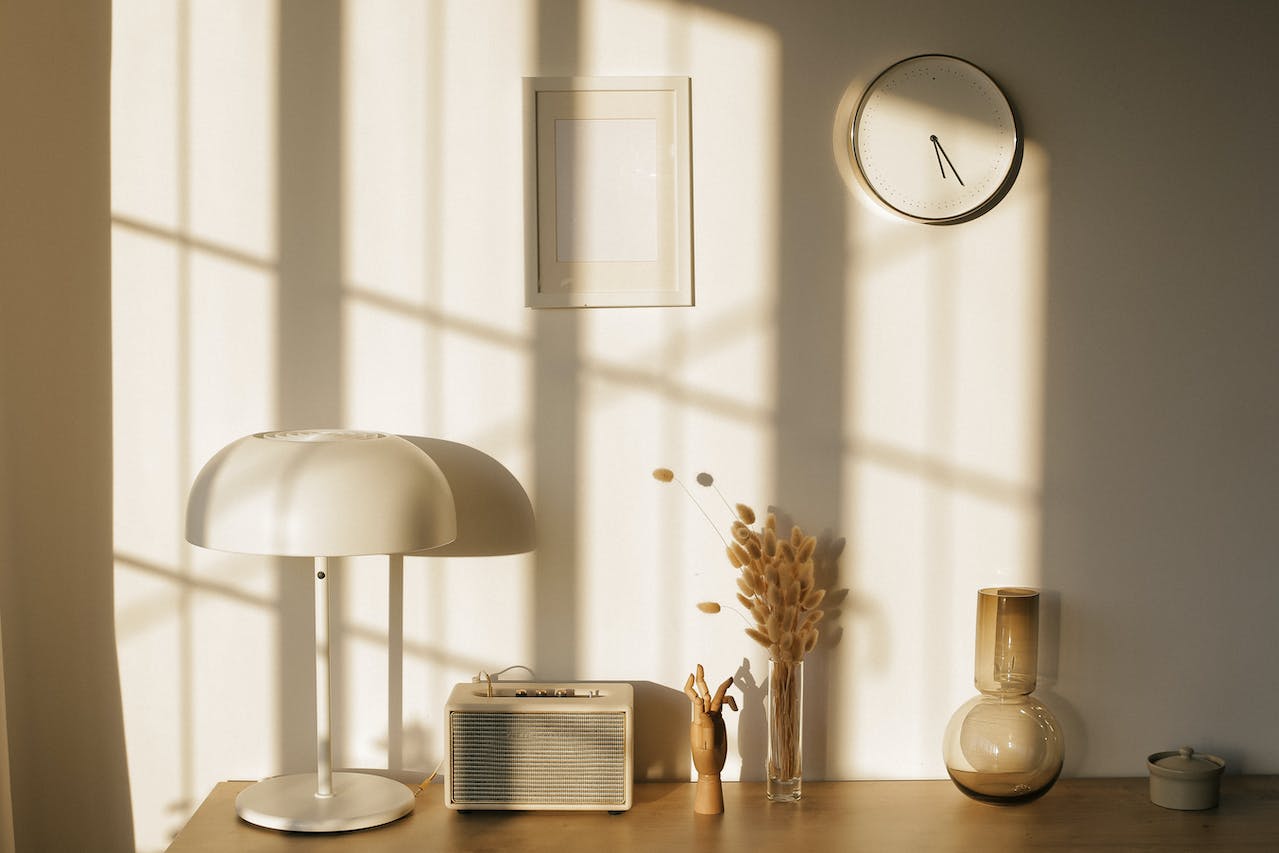Lighting is an essential feature in your home that is needed for many reasons, including security, visibility, and aesthetics.
Sometimes, however, you can have lighting challenges, preventing your home from being well-lit.
In such cases, it’s vital to deal with the issues promptly to ensure you get the most out of your lighting and also enjoy better energy efficiency, as research reveals that lighting takes up 11% of electricity consumption in UK homes.
Below are some useful tips to help you resolve such problems when they arise in your home.
Choose the right artificial lighting
Artificial lighting is important at home, especially when it’s dark. However, what makes all the difference with this kind of lighting is choosing the right fixtures to impact overall illumination in and around your home.
Artificial lighting comes in several categories to match different purposes in the home, including ambient, task, and accent. It is, therefore, important to pay attention to their functionality and design.
Also, as part of your decor, choose artificial lighting fixtures that suit your home’s theme without compromising on adequate brightness. For instance, pendant lights and chandeliers are excellent additions to your dining and living areas.
They add elegance and appeal to these parts of the home, enhancing your interior. Considering the warmth of the light emitted by each fixture is also important because that adds to creating an inviting atmosphere.
With that in mind, it will be best to incorporate dimmer switches to adjust light intensity according to your needs.
Use mirrors strategically
Interior decorators use mirrors to resolve several lighting challenges in homes. Strategic positioning of mirrors can make an enclosed space appear spacious and brighter.
It is particularly useful in the UK, where the average home size is a small 76㎡. Position mirrors opposite windows and near light fixtures to amplify illumination. You can achieve this effect with the help of light reflection, which bounces off the surface of these mirrors.
This is an affordable design and illumination tip you can try your hands on without the help of a professional. The only challenge may be finding the right mirror design for your space. Most mirrors are cut into rectangular, oval, and square shapes.
Therefore, choose a shape that complements your home’s original theme and adds sophistication without compromising function. As a safety tip, cover your home’s mirrors with fabric on stormy or rainy days with lots of lightning.
Explore natural light sources
Many homes are built with natural light sources in mind, but that depends on elements like the architectural design, the house’s location, and the builders’ or homeowners’ preferences.
Strategically positioning your windows can help you capture sunlight at different times of the day, helping you make the most of natural light. Sometimes, however, certain elements like dirty windows reduce your home’s ability to capture natural light sources.
However, you can resolve that by cleaning your windows regularly to allow more natural light sources to penetrate. If sunlight becomes too much for the indoors, you can invest in vertical blind slats to control the amount of light penetrating your interiors.
Doing this allows you to enjoy the natural light sources during the day without compromising your comfort.
Be mindful of your light fixture placement
Lighting placement plays a crucial role in resolving illumination problems in your home. The first thing to consider is the layout and the purpose of each fixture in all the rooms.
Identify dark corners in your home and use table lamps or wall sconces to resolve the lighting challenge. The open secret is to enhance the visibility at home and ensure that your home is well-lit for different purposes.
Practicality and visual appeal are elements you cannot ignore in the mindful placement of light fixtures.
Sometimes, you can have too much lighting in your home, which defeats the purpose of function, cost-efficiency, and practicality. The best thing to do when faced with this challenge is to reconsider your home’s artificial lighting sources.
Invest in energy-efficient light sources that don’t dramatically increase your monthly electric bills. Using certain lighting fixtures can also increase heat in your home, especially in the hot months.
All these problems can become things of the past when you research and consult lighting professionals.
A well-lit home can enhance the overall habitation of your home, so make lighting considerations that work for you. The above tips can help you achieve this and help you fix any lighting issues that may arise.

